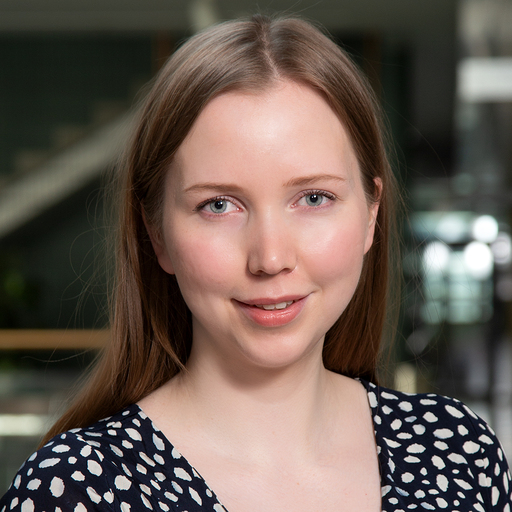Get to know the team!
Our team consists of experts in computational biology, experimental biology, cancer biology, and clinical medicine, all working together to push the limits of data-driven biology. We are dedicated to conducting impactful research that can deepen our understanding of the underlying mechanisms of disease and ultimately lead to more effective cancer therapies.
We are always looking for talented folks to join our team
PI + Collaborating PI’s
Collaborators
Lab Members
Alumni
Ajit Johnson Nirmal
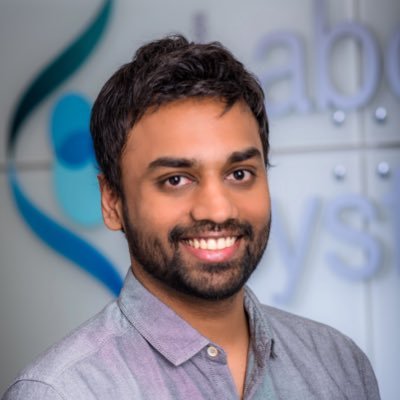
I am a lead investigator at the Department of Dermatology, Brigham and Women’s Hospital. I have a strong background in molecular biology, engineering, and data science. My academic background, including an undergraduate degree in engineering and a master’s degree in molecular medicine, provided me with a solid foundation for conducting wet lab-based research. During my time at the Indian Institute of Science and the National Cancer Centre of Singapore (NCCS), I focused on developing cellular gene therapy using site-specific gene editing tools. My interest in computational and systems biology stemmed during this period as I conducted RNA sequencing and whole-genome sequencing analysis to identify differential molecular programs, CNVs, indels, and SNPs in gene-edited cells.
To deepen my knowledge base and diversify my technical expertise, I pursued a Ph.D. in computational biology with Prof. Tom Freeman (University of Edinburgh, UK) to investigate the immune landscape of the tumor ecosystem, its relationship to patient survival, and tumor subtyping. I developed computational approaches to investigate the tumor microenvironment from bulk RNA Sequencing data. I applied these network-based algorithms to several cancer datasets (specifically melanoma) to address hypothesis-directed questions about the role of immune cells in cancer. This work led to a first-author publication in Cancer Immunology Research and won an award for Best Poster at the Systems Biology conference held at Cambridge University, UK. It was also highlighted in the ‘Must-Read 2018 Collection’ by Cancer Immunology Research. I also applied the network-based methodology to derive gene signatures of skin cells and used it to investigate skin-related diseases.
In my post-doctoral training, I joined the laboratories of Prof. Peter Sorger and Prof. David Weinstock to apply spatial biology to investigate the tumor microenvironment in disease progression and drug response. Through my work, I developed novel statistical and machine learning-based spatial analysis methodologies, which I applied in conjunction with exome sequencing, bulk, single-cell, and micro-regional RNA sequencing to better understand melanoma development. Specifically, I focused on studying the biological restructuring of the tumor microenvironment, which supports tumor initiation and progression. This work resulted in a publication in Cancer Discovery.
Having trained in both wet and dry labs, I have gained a skillset that enables me to analyze biomedical data and comprehend biology from a distinctive viewpoint. I also actively play a leadership role in cross-consortium efforts (Human Tumor Atlas Network, The Human BioMolecular Atlas Program, Chan Zuckerberg Initiative Seed Networks, Cancer Systems Biology Consortium) to harmonize standards, facilitate interdisciplinary collaborations and promote cross-pollination of methods, tools, ideas & expertise.
Our lab now focuses on the computational integration of omics data for probing the tumor microenvironment in skin cancers.
Peter Sorger
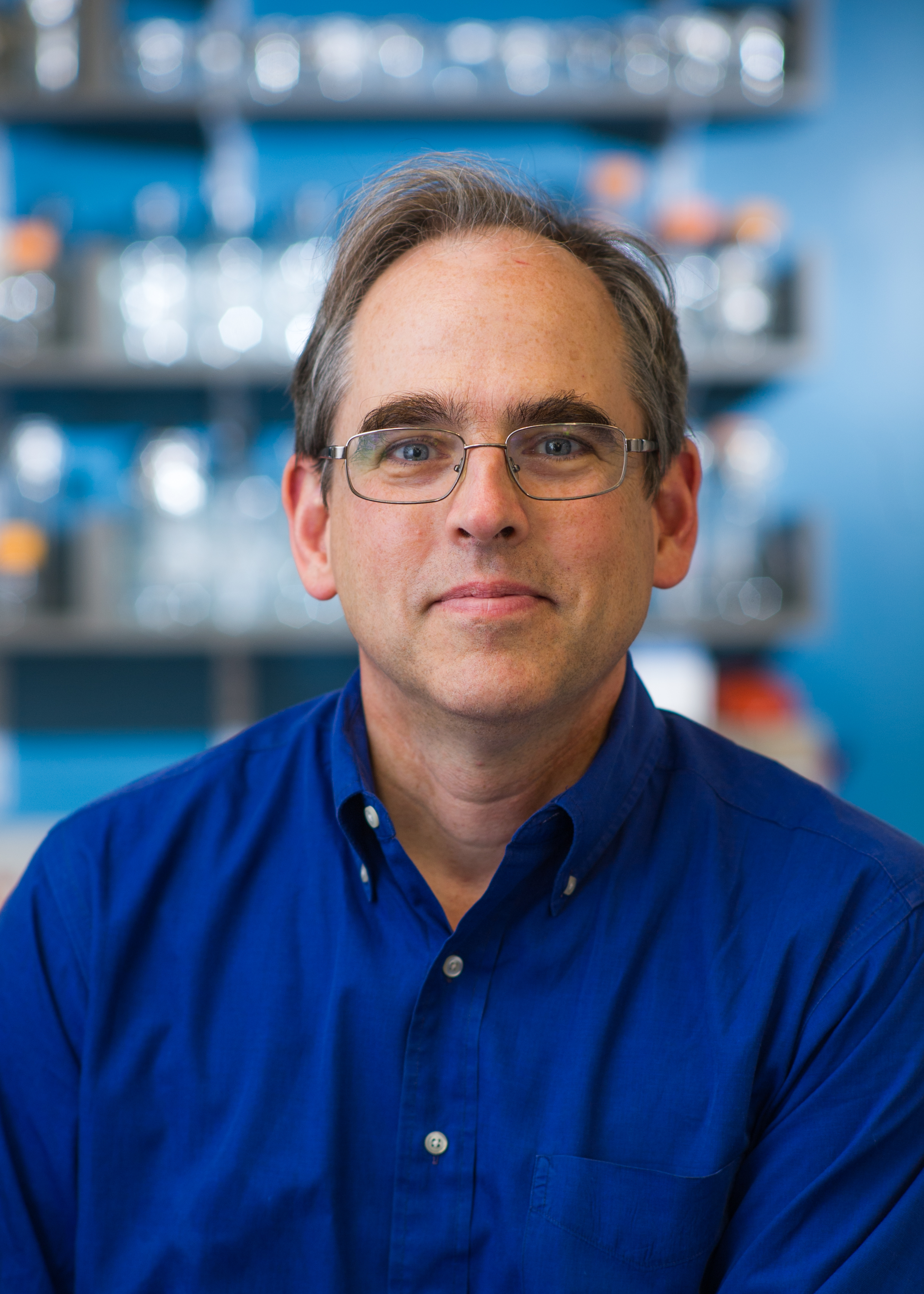
Peter Sorger, PhD, is the Otto Krayer Professor of Systems Biology at Harvard Medical School (HMS), Head of the Harvard Program in Therapeutic Sciences (HiTS) and Director of its Laboratory of Systems Pharmacology. Peter received his AB from Harvard College, PhD from Trinity College, Cambridge University U.K., under the supervision of Hugh Pelham and trained as a postdoctoral fellow at the University of California, San Francisco with Harold Varmus and Andrew Murray. Prior to coming to HMS, Peter served as a Professor of Biology and Biological Engineering at Massachusetts Institute of Technology (MIT).
Sandro Santagata
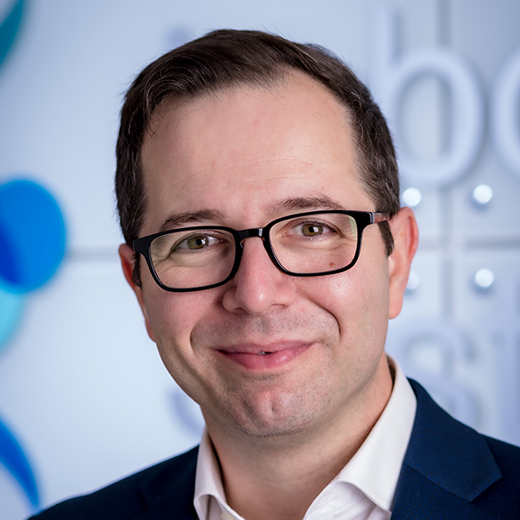
Sandro Santagata, MD, PhD is an Associate Professor in the Deptartment of Pathology at Brigham and Women’s Hospital. He practices neuropathology focusing on brain tumor diagnosis. Dr. Santagata directs the development and implementation of methods to image cancer tissues, extracting molecular information that sheds light on how cancers form and then develop aggressive features. Over the next years, we will use these new methods to build a richer understanding of the biology of cancer and immune cells in their native setting.
David Liu

Dr. Liu is a medical oncologist and computational biologist at the Dana-Farber Cancer Institute and Brigham & Women’s Hospital, with a background in computer science, biostatistics, and epidemiology. Prior to entering medicine, he was a software engineer and analyst at Amazon.com in the Personalizations group.
Christine Lian
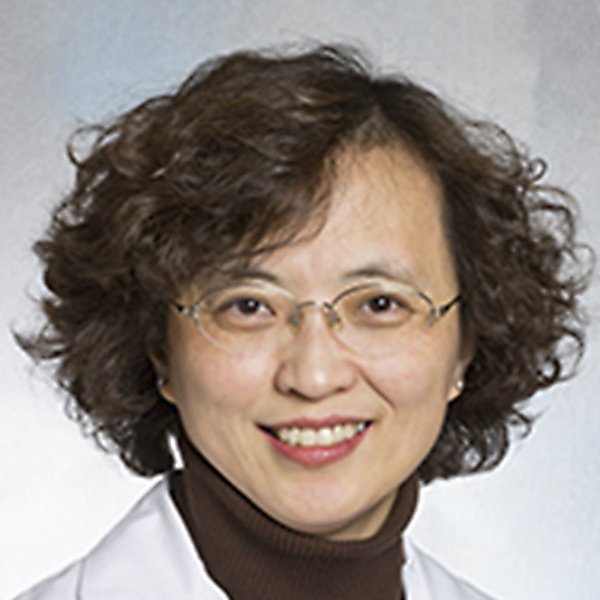
No bio available.
George Murphy
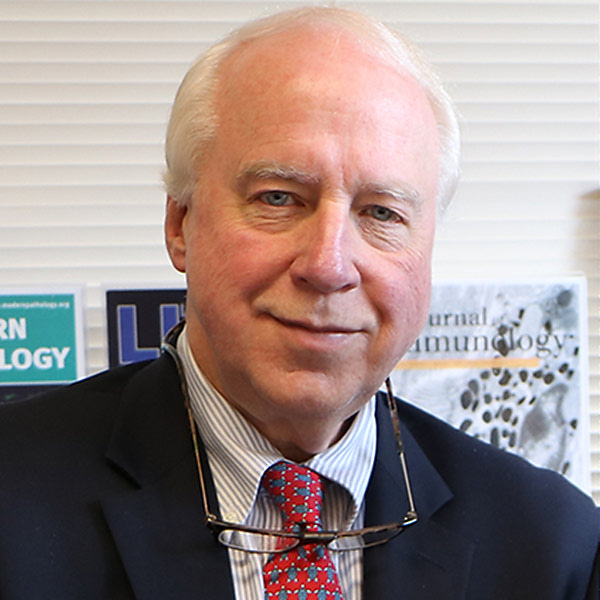
Dr. Murphy is a Professor of Pathology at Harvard Medical School, the Director of the Program in Dermatopathology at the Brigham and Women’s Hospital, Program Director of the Harvard Combined Fellowship in Dermatopathology, and co-leader of the HSCI Skin Program.
Murphy received a B.A. from the University of Pennsylvania and an M.D. from the University of Vermont. He trained in internal medicine at Boston University Medical Center and in Pathology and Dermatopathology at the Massachusetts General Hospital. He has served as a past president of the American Society of Dermatopathology and is an elected member of the American Society for Clinical Investigation. He is a practicing pathologist and dermatopathologist with complementary interests in medical education and translational research. He has authored and edited more than 10 texts in the field of cutaneous pathology and several hundred peer-reviewed manuscripts concerned with elucidating mechanisms of skin inflammation and neoplasia.
Tyler Jost
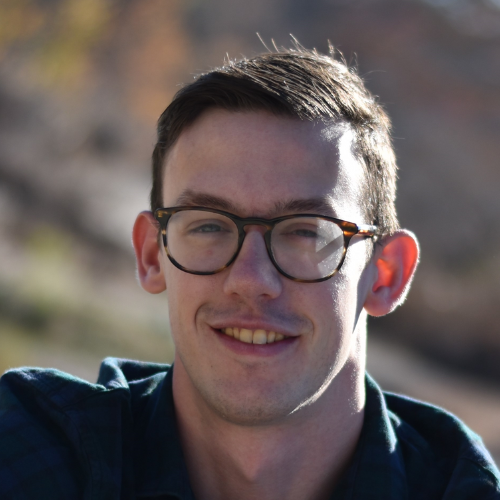
Tyler is a postdoctoral research fellow in the Nirmal lab. Previously, he earned his PhD in Biomedical Engineering from the University of Texas at Austin where he developed computational methods for separating transcriptomic phenotypes in cell line models and predicting these phenotypes using phase contrast imaging.
Jayda Pham
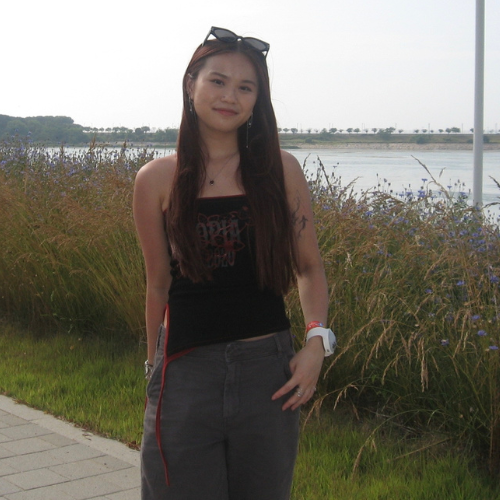
I am a Research Trainee in the Nirmal Lab. I am currently a third year undergraduate student at the Massachusetts College of Pharmacy and Health Sciences, majoring in Premedical Health Studies.
I also work as a Medical Assistant at the Dermatology Institute of Boston. I am studying with the intent to apply to medical school and become a physician. I look forward to exploring different approaches and techniques from a research perspective to understand various disease states.
Tuulia Vallius
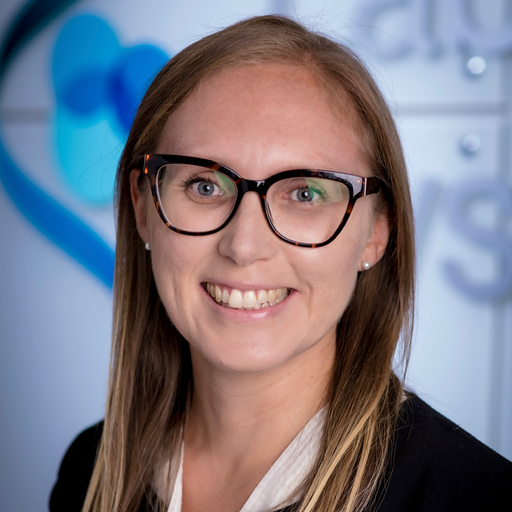
I am a Postdoctoral Fellow in the lab of Peter Sorger (Laboratory of Systems Pharmacology in the Department of Systems Biology at Harvard Medical School). My research focuses on early melanoma progression and the complexity and cell-to-cell interactions in the melanoma tumor microenvironment using Cyclic Immunofluorescence Imaging (CyCIF) and spatial transcriptomics.
I obtained my Ph.D from University of Turku in the Lab of prof Seija Grenman in 2018. I studied neoadjuvant chemotherapy response evaluation in primary advanced ovarian cancer using novel serum and metabolical FDG-PET/CT imaging biomarkers. Prior to my Ph.D research, I received a M.D. from University of Turku in 2012. I have been a Resident in Clinical Oncology in Turku University Hospital from 2014 to 2019.
Clarence Yapp
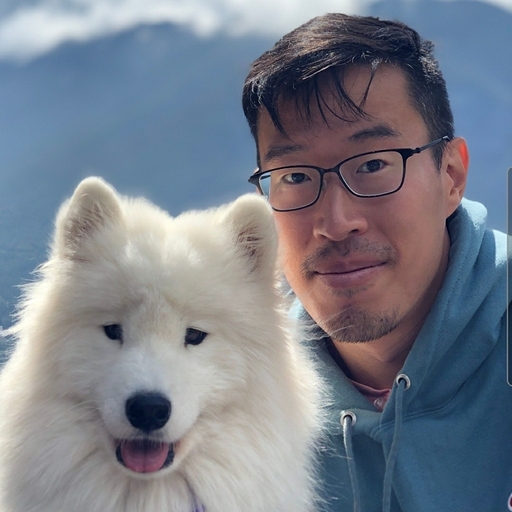
Clarence is the Director of Microscopy and Image Analysis at the Laboratory of Systems Pharmacology (LSP) under Professor Peter Sorger, as well as a research associate at the Image and Data Analysis Core (IDAC) under Dr. Hunter Elliott, and regularly works with the Nikon Imaging Center (NIC) under Dr. Jennifer Waters at Harvard Medical School (HMS). His main interests are in aiding experimental design of imaging assays through collaboration, as well as applying deep learning to 2D, 3D and 4D image analysis problems.
Shishir Pant
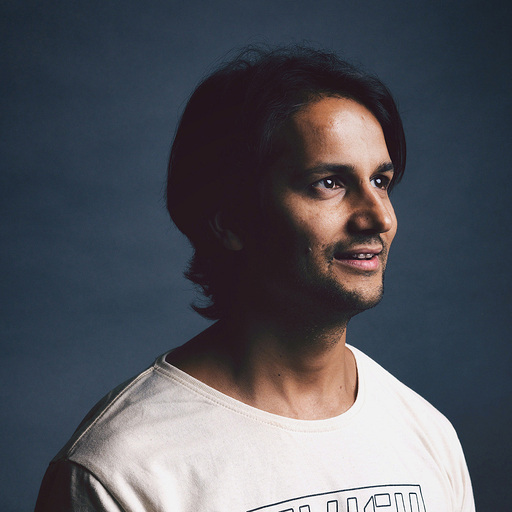
Shishir completed his Ph.D. in cancer biology from the University of Helsinki in the Klefstrom research group. His research focused on the role of the microenvironment in tumor progression, metastasis, and immune evasion in breast cancer. He is now a postdoctoral fellow in the Sorger lab at Harvard Medical School, where his research focus is to decipher tumor intrinsic and extrinsic factors responsible for therapy resistance in melanoma, using highly multiplexed imaging, spatial transcriptomics, and genetically engineered tumor models. Shishir is highly enthusiastic about science communication and also runs his own blog called ChasingCancer.
Roxy Pelletier

I am a Research Associate in the Lab of Systems Pharmacology at Harvard Medical School. I obtained my MS in Bioinformatics from Johns Hopkins University while simultaneously working as a Research Assistant at Vanderbilt University in the Cancer Biology Dept. Prior to my position at Vanderbilt I received a BS in Biology from The University of Maine.
Yu-An Chen
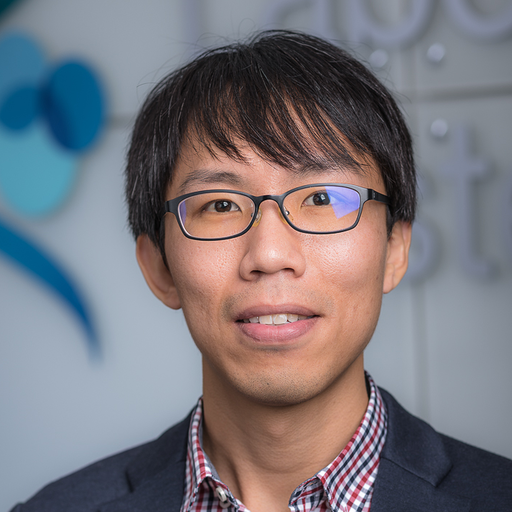
No bio available.
Zoltan Maliga
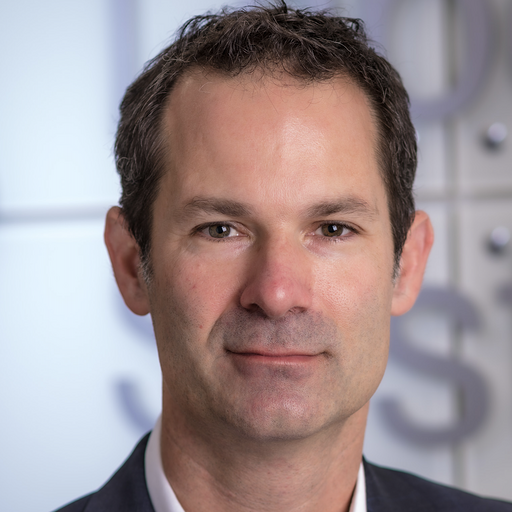
Zoltan obtained his PhD in Biophyics from Harvard University in the laboratory of Dr. Timothy Mitchison where he studied the mechanism of small molecule inhibitors of kinesin motor proteins to investigate the mechanochemistry and also develop a novel class of anti-cancer agents. He received postdoctoral training in the laboratory of Dr. Anthony Hyman at the MPI-CBG in Dresden, Germany to investigate the regulation of cytoskeletal motor proteins by systematic transgenesis, fluorescent imaging and affinity-purification mass spectrometry in human cells. He returned to the laboratory of Dr. Mitchison to study signaling in the STING pathway and identified novel activators as potential anti-cancer and anti-viral agents. Zoltan is now a senior research scientist in the Laboratory of Systems Pharmacology at Harvard Medical School. His research combines highly multiplexed imaging, high spatial-resolution mRNA transcript profiling of clinical biopsies and surgical resections to study immune responses to cancer and infectious disease in a real world context.
Youssef Gehad
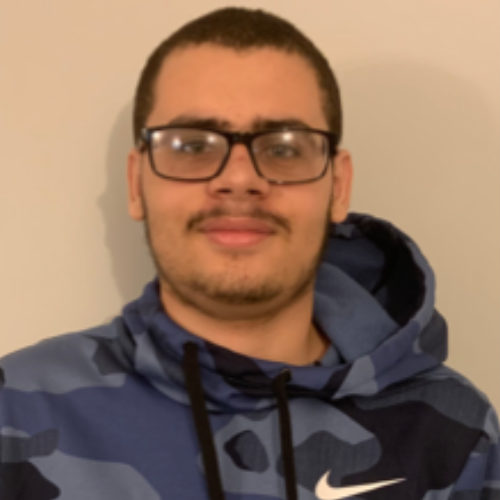
I am a junior at Rice University, where I am pursuing a double major in Computer Science and Statistics. My academic interests are centered around the innovative use of machine learning and statistical methods in medical applications. My previous experience includes conducting research on Dermoscopy images, where I utilized advanced image segmentation models to enhance diagnostic accuracy.
In the lab, I developed a robust computational framework to enhance the efficiency of job submissions and modifications on a major medical school’s server, utilizing both GPU and CPU clusters. I also implemented vision transformers and machine learning algorithms to analyze and process histopathology images, significantly boosting the performance of the models in identifying key cellular regions. This involved creating scalable pipelines for processing large datasets of images, which aided in refining the models for better diagnostic capabilities.
This work not only deepened my technical skills but also fueled my passion for applying computational techniques to solve real-world health challenges. I am eager to further explore how these technologies can be leveraged to improve medical outcomes.
Sara Filler
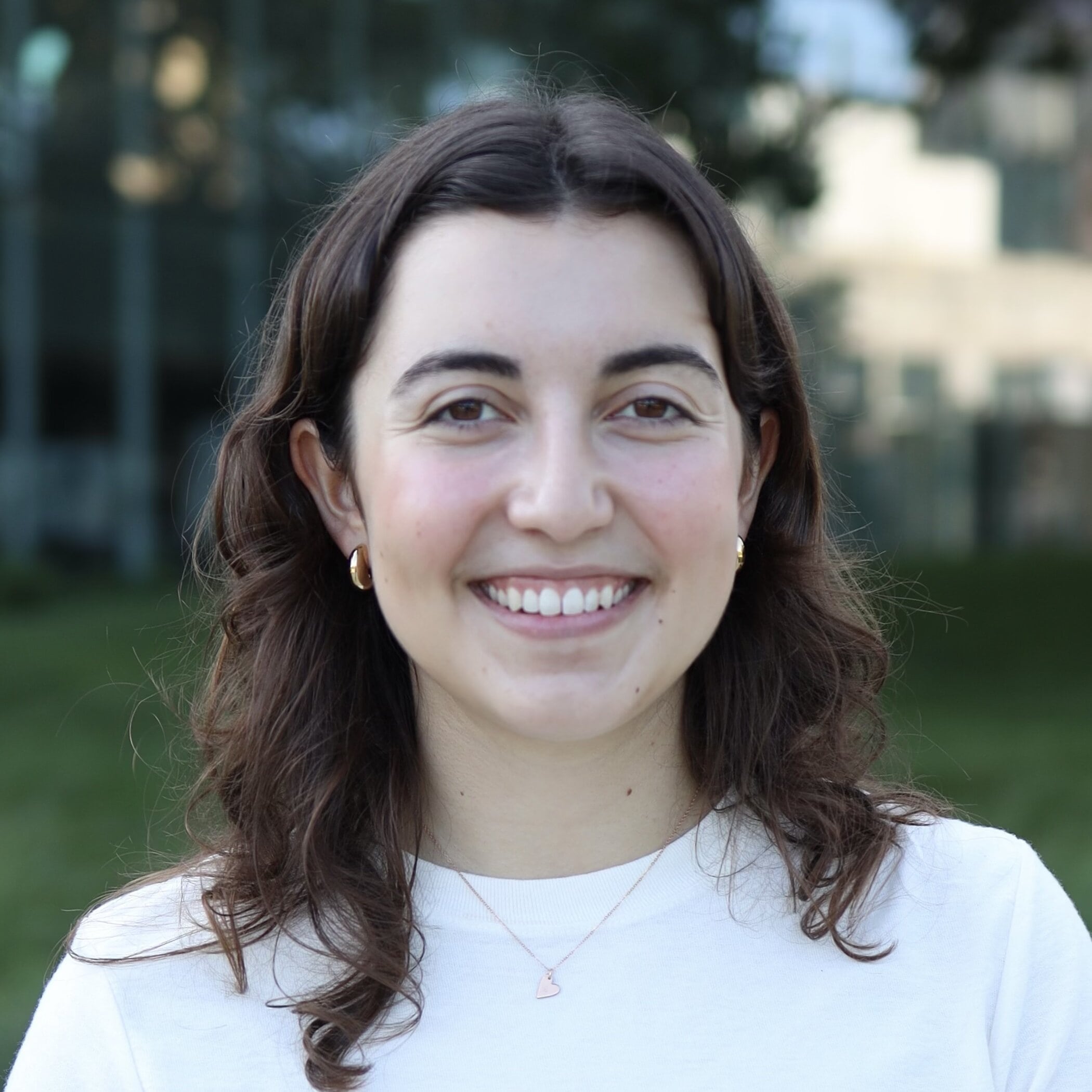
I am a Research Associate in the lab of Ajit Nirmal, part of the Laboratory of Systems Pharmacology at Harvard Medical School. My research focuses on the tumor microenvironment in melanoma, utilizing both Cyclic Immunofluorescence imaging (CyCIF) and tool development to improve visualization and analysis of multiplexed tissue images. I am a graduate of Providence College with degrees in Biology and Computer Science.
Rongting Huang

I am an Exchange Graduate Student at Harvard Medical School and, a PhD Candidate from the The University of Hong Kong. I have dedicated my research journey to unraveling the complexities of genetic heterogeneity at the single-cell level. My work in single-cell genomics has primarily revolved around the intricate task of copy number variation detection from single-cell transcriptomic data to understand genetic diversity in biological systems.
Now, as I embark on this new chapter at Harvard, I am excited to extend my expertise into the burgeoning field of spatial biology. The integration of spatial biology with single-cell genomics presents an exciting frontier for research. My aim is to bridge these two domains, leveraging the power of single-cell techniques to unravel the spatial organization of cells within tissues. This convergence promises to shed new light on the spatial heterogeneity underlying various physiological and pathological processes.
Amogh Morje
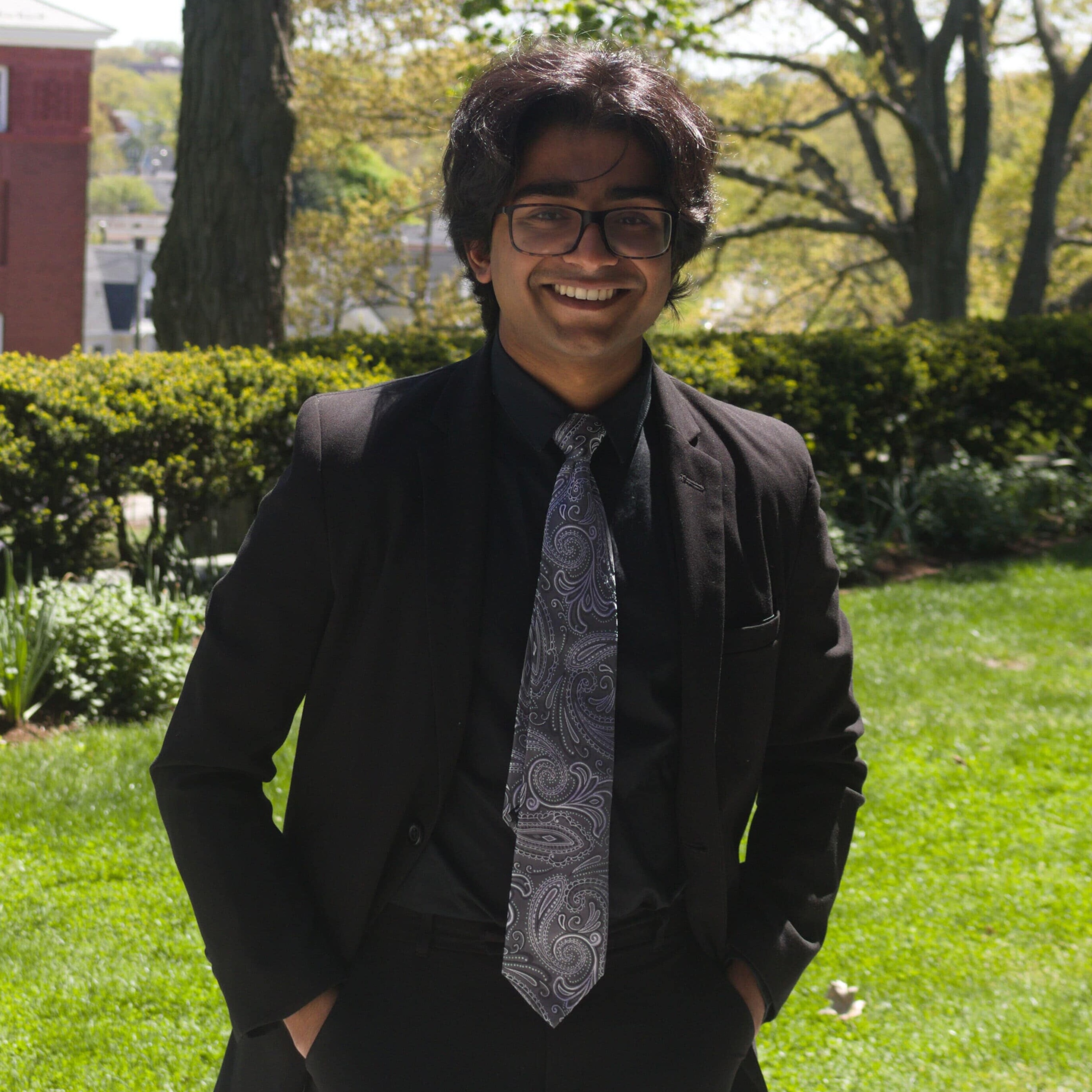
I am a current senior undergraduate student in the Tufts University School of Engineering, studying Chemical and Biological Engineering and Applied Math. I come from a strong background in polymer chemistry, after doing research with Prof. Robert Macfarlane at MIT Department of Material Science and Engineering focusing on polymer synthesis using ATRP and embedding of DNA-gold systems in Cross-linked hydrogel systems. I continued my work with polymers in industry working with Formlabs, the leading 3D printing company, where I gained extensive experience in Stereolithographic printing and applications of machine learning in a scientific/engineering space.
This kicked off my fascination with machine learning and computational mathematics, which I expanded upon at Tufts University through working on projects within the CHBE department, and I hope to do the same at HiTS
Jackson Appelt
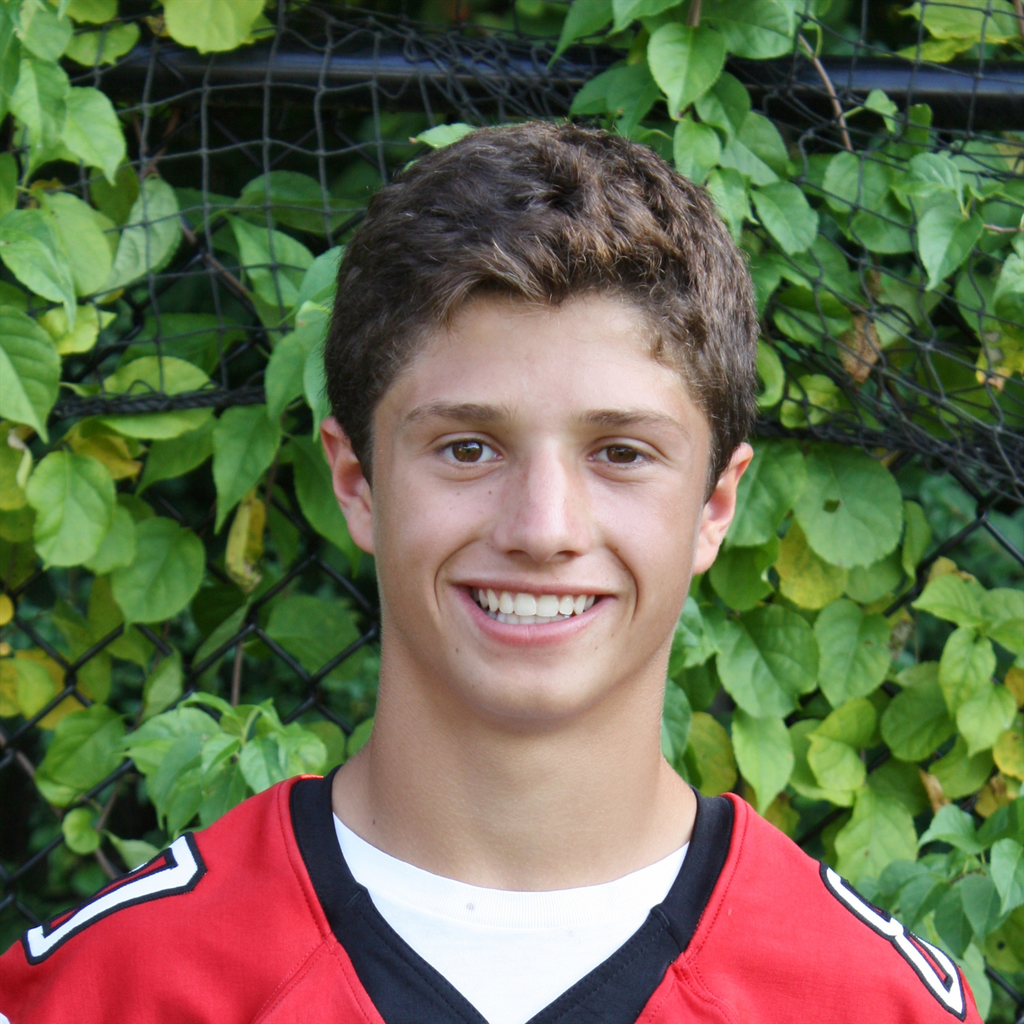
No bio available.
Zoe Ciantra
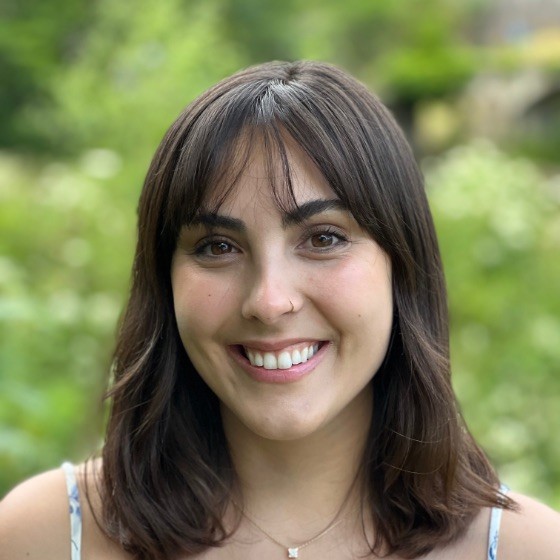
No bio available.
